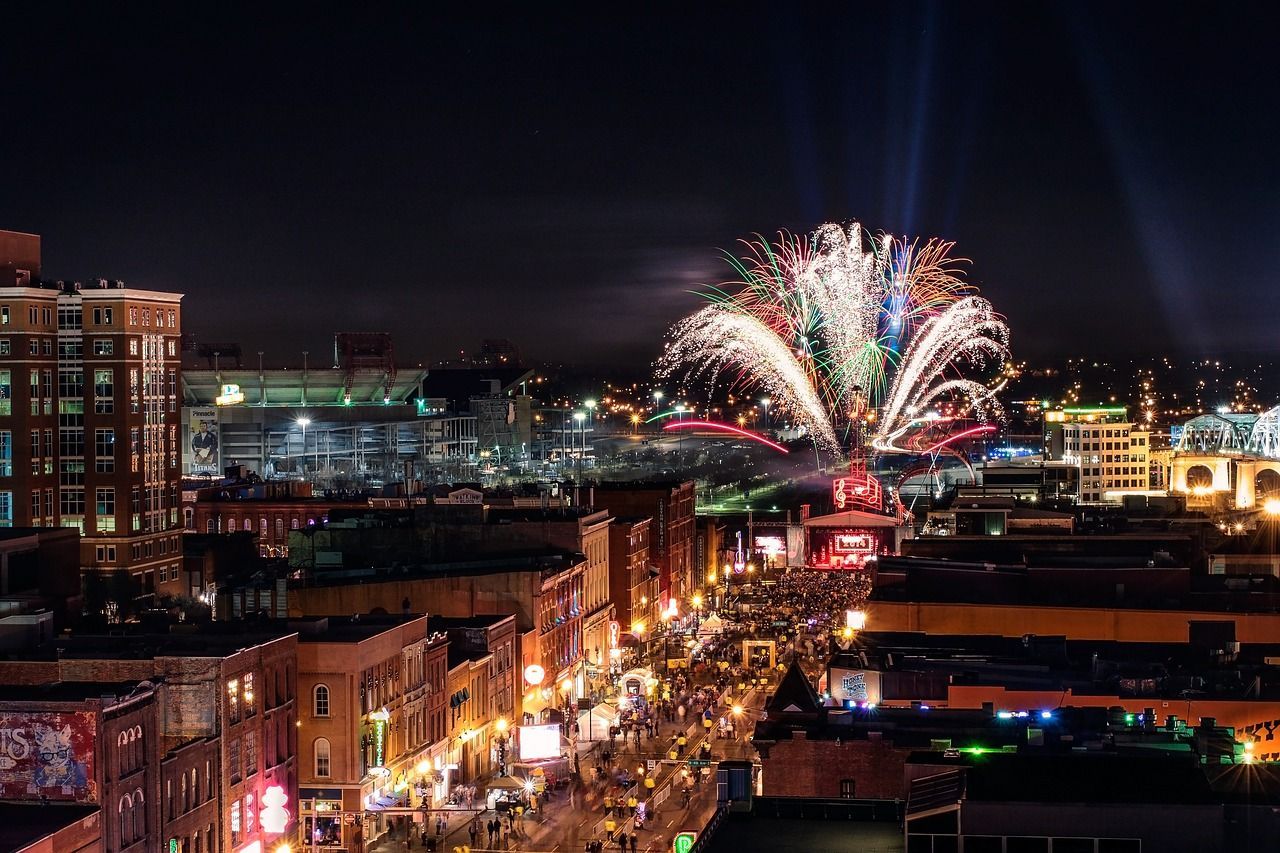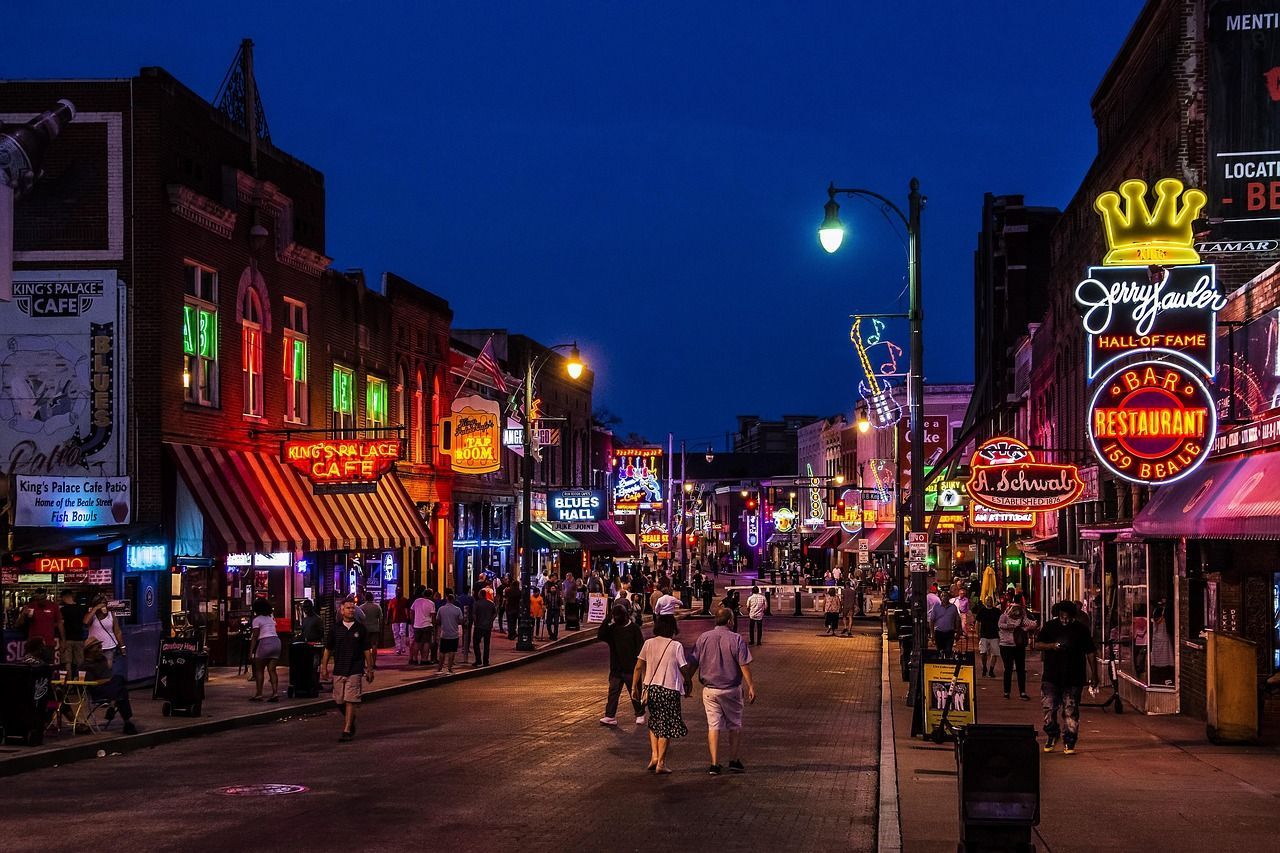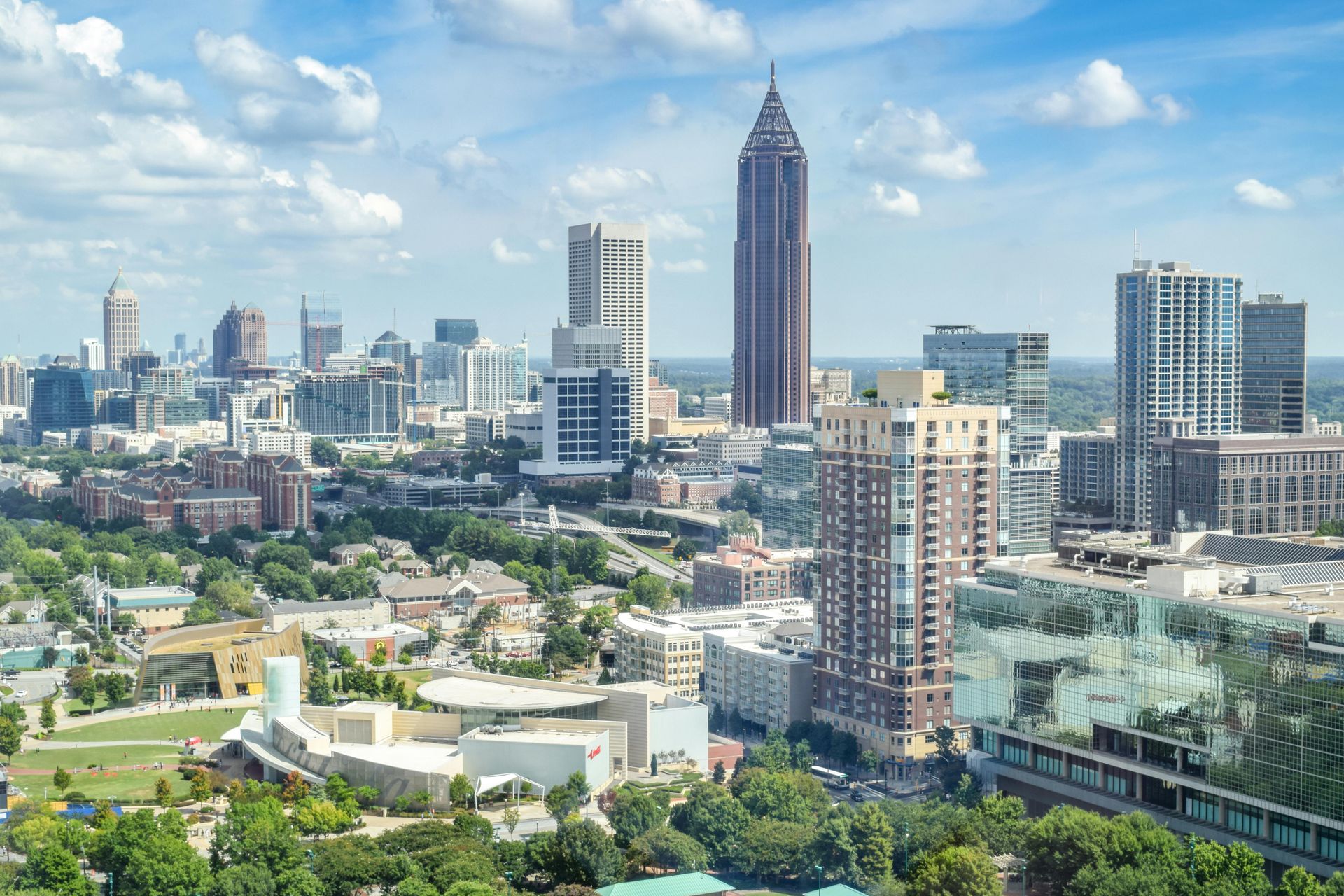A road trip from Vancouver to San Francisco takes us down North America’s Pacific coast, from Canada’s southwestern city to the heart of coastal California.
A road trip from Vancouver to San Francisco takes at least 15 hours and covers over 950 miles. See famous cities, stunning national parks, and beautiful ocean views, as you travel from British Columbia, through Washington and Oregon, to California.
Read on to find out more about this amazing journey to the Golden Gate City and discover how to plan the perfect travel itinerary.
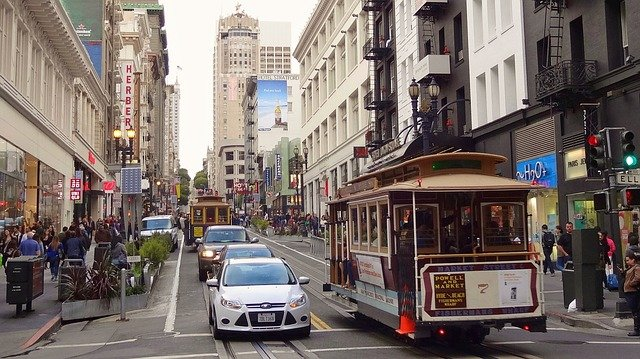
A Road Trip From Vancouver To San Francisco: How Far Is It, How Long Will It Take To Get There & What Is The Best Route?
A road trip from Vancouver to San Francisco covers at least 950 miles (1,530 kilometres) and will take at minimum of 15 hours driving to complete. There are also two fabulous routes you can take on this journey, each of which will appeal to a different kind of traveller.
While both routes are long, they are also incredibly straightforward.
The Fastest Route
The shortest, fastest route will see you begin by heading south on British Columbia Highway 99 and following it south to the United States border. Once you pass into the U.S., you will be on I-5, which you will follow for 830 miles (1,330 kilometres), to just northwest of Sacramento.
Use Exit 553 to join I-505 where it starts and follow it for its 33 mile (53.1 kilometre) duration. Merge onto the I-80 and continue going south until you reach the roads conclusion, some 55 miles (88 kilometres) away, in your destination of San Francisco.
The Scenic Route
The other route option is admittedly much longer, at 1,090 miles (1,755 kilometres), and will take 23 hours driving to complete. However, this route will see you drive down the Pacific Coast Highway (PCH), which is considered one of the most scenic roads in the entire world.
You will again begin by heading south, first on British Columbia Highway 99 and then in Interstate 5. When you reach Exit 104 in Olympia, join U.S. Route 101 and follow it a short way before exiting onto Washington State Route 8 where it begins.
Follow this for its 21 mile (33.8 kilometre) duration, then merge onto U.S. Route 12 going west. When you reach Montesano, join Washington State Route 107 where it begins and follow it for its 8 mile (13 kilometre) duration, before re-joining U.S. Route 101.
Follow this south until you reach the town of Leggett, in California, where you will join California State Route 1 at its origin and follow it to your destination in San Francisco.
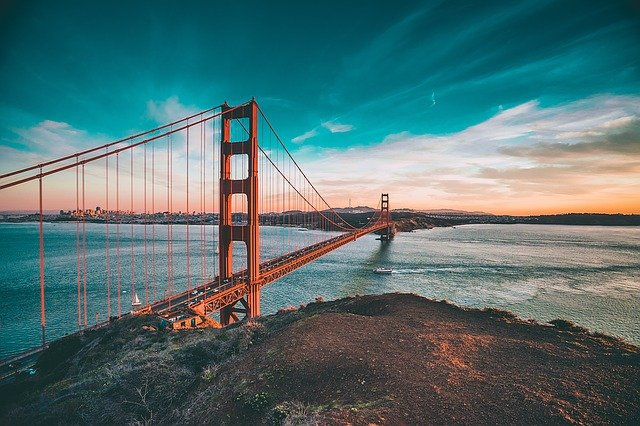
Best Place To Stop On A Road Trip From Vancouver To San Francisco - Portland
While some people will be able to complete a road trip from Vancouver to San Francisco in a single day, most are going to want to break it up, to ensure the driving doesn’t get too much and they actually have time to enjoy the sights and sounds along whichever they you choose.
There may be plenty of great choices, but the best place to stop on a road trip from Vancouver to San Francisco is Portland. While it is located on the short route, it can also easily be reached by those on the scenic route with only a short detour.
Oregon’s most populous city and the second most populous in the Pacific northwest, Portland is a destination full of attractions, history, and culture. Founded in 1845, it was the western terminus of the historic Oregon Trail.
Surrounded by forests, mountains, and oceans, Portland is among the most naturally beautiful cities in the country, yet is often overlooked by tourists, because of its somewhat isolated location.
With numerous film, music, and performing arts venues, galleries, and museums, as well as breweries, bars, and restaurants offering the region’s distinctive cuisine, there is plenty in Portland to keep people of all tastes and interests entertained.
Nicknamed “Bridgetown” due to the collection of bridges across the Willamette River, a number of which are designated historic landmarks, Portland is even perfect for those just wanting to explore, appreciate the architecture, and take in the stunning views of the city and its surroundings.
Best Hotel To Stay At In Portland – The Benson, A Coast Hotel
The Benson, A Coast Hotel is a historic hotel located in the heart of Downtown Portland. Boasting décor that includes crystal chandeliers and marble floors, as well as stunning architecture, it is the epitome of style and sophistication in the city.
Rooms all offer an equally luxurious style and are filled with comfortable furniture and amenities including Wi-Fi, tea and coffee making facilities, a flat screen cable TV, free toiletries, an organic bathrobe, and slippers.
The Palm Court restaurant is situated in the hotel lobby and serves breakfast, lunch and dinner, which offers cuisine including tapas and cocktails. Its entire menu can even be enjoyed as room service, for those who want to make the most of their accommodation.
Free Starbucks tea and coffee is available in the lobby every morning, while live jazz performances are held every evening from Wednesday through Saturday. Other amenities at the property include 24 hour business, conference, and fitness centres, and concierge and laundry services.
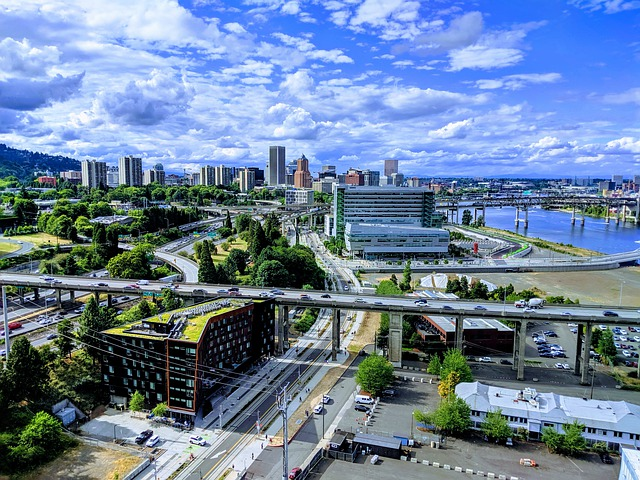
Best Time For A Road Trip From Vancouver To San Francisco
The best time to make a road trip from Vancouver to San Francisco is from early June to the middle of August. This is the period when San Francisco and the part of the United States we will be travelling through experiences some its warmest, driest temperatures.
Combine that with the fact that this window helps us to avoid the height of California’s notorious wildfire season, which begins at the end of August, and it ticks all the boxes to help you enjoy the most amazing road trip possible.
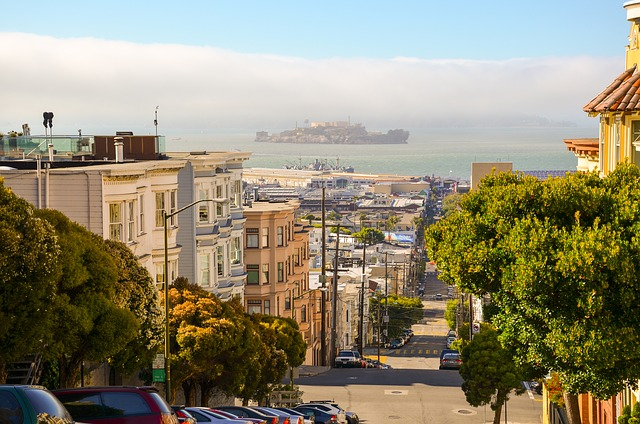
Top Attractions On A Road Trip From Vancouver To San Francisco
With between 15 and 23 hours of driving ahead of you, a road trip from Vancouver to San Francisco is a lengthy expedition. That means you are going to want plenty of attractions along the way to keep you entertained.
While the options on a journey of this length are almost endless, we have complied a list of the top attractions on a road trip from Vancouver to San Francisco, to try and make planning your dream travel itinerary as easy as possible.
Peace Arch Park (Both Routes)
Peace Arch Park is a 42 acre park that straddles the Canada – United States border. With Peace Arch Historical State Park covering the U.S. half and Peace Arch Provincial Park on the Canadian side, the park is home to the Peace Arch monument.
Built to pay tribute to the long history of peace between the two nations and located right at the border crossing, it is a fabulous place to appreciate both of the countries you will be exploring on your road trip.
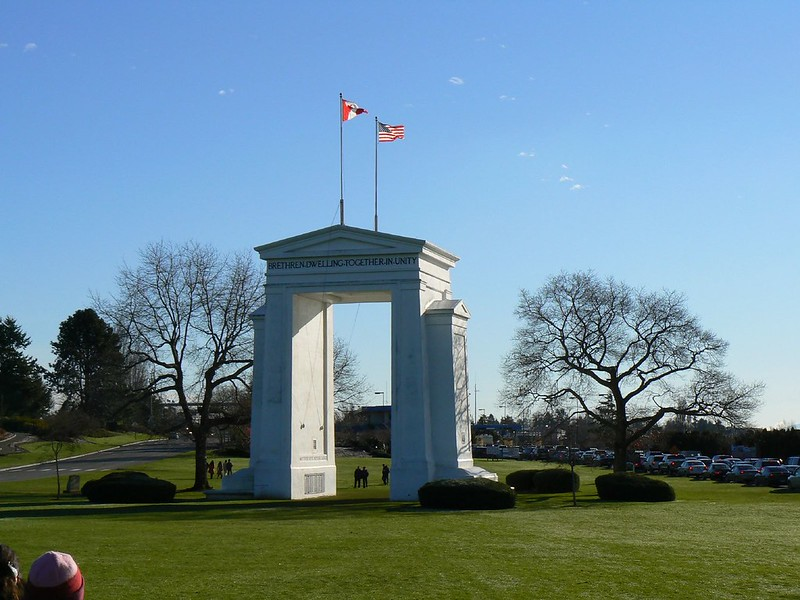
North Cascades National Park (Both Routes)
At almost 505,000 acres, North Cascades National Park is the 12th largest national park in the contiguous United States. Best known for its collection of glaciated peaks in the North Cascades Range, it boasts a stunning range of lakes, rivers, valleys, and wilderness areas.
Home to a collection of wildlife that includes 75 species of mammals, 200 species of birds, and around 1,600 different types of plants, it is a great destination for lovers of nature, natural beauty, and stunning, panoramic views.
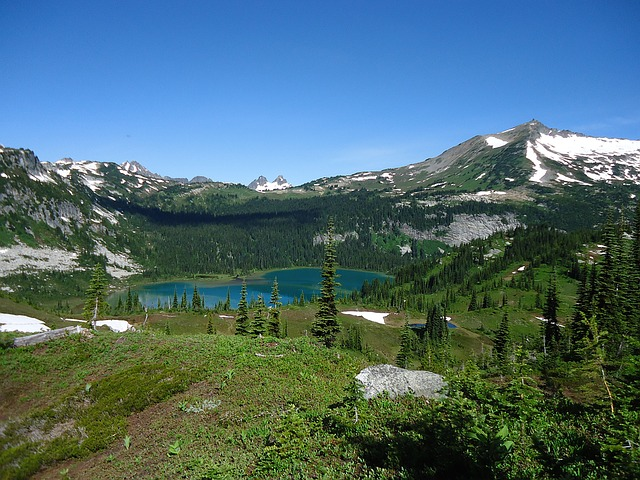
Seattle, Washington (Both Routes)
Seattle is the largest, most populous city in both the state of Washington and the Pacific northwest.
Having become a popular destination during the 90s, due to it being the birthplace of grunge music, it has maintained its place in the cultural world as it is also the home to Starbucks Coffee.
With attractions like the Space Needle and a wide range of gardens, parks, and markets, it is the ideal stop to truly embrace the culture of this region of the United States.
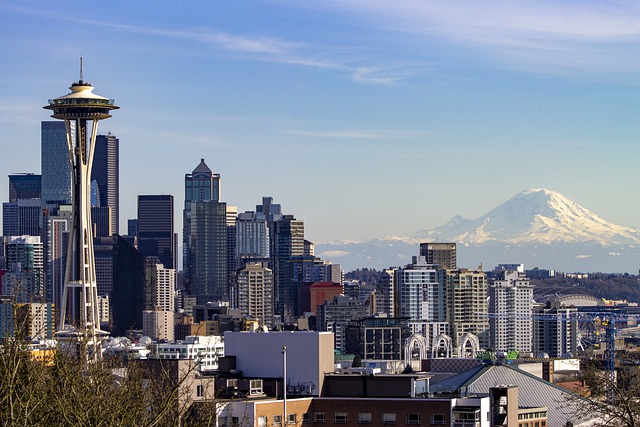
Mount Rainier National Park (Both Routes)
Mount Rainier National Park is a protected area in the Cascade Mountains that boasts a collection of at least 27 major glaciers, a volcano, and a number of beautiful meadows and waterfalls.
One of the snowiest regularly measured locations in the world during the winter, it is a popular spot for activities like skiing, snowshoe hiking, and tubing.
Then, in the summer, you can go for a hike or picnic, do some camping or climbing, and enjoy the park’s wonderful variety of animals and flowers.

Tacoma, Washington (Both Routes)
Washington’s third most populous city, Tacoma is most famous for being home to the University Of Washington Tacoma. A vibrant student city and hotspot for culture vultures, it is filled with wonderful art galleries and museums.
Its rich history has also earned Tacoma the nickname of the “City Of Destiny”, as it was the western terminus of the Northern Pacific Railroad, as well as the site of the largest port in Washington.
Plenty of locations throughout the city will educate visitors in depth on both of these historic locations.
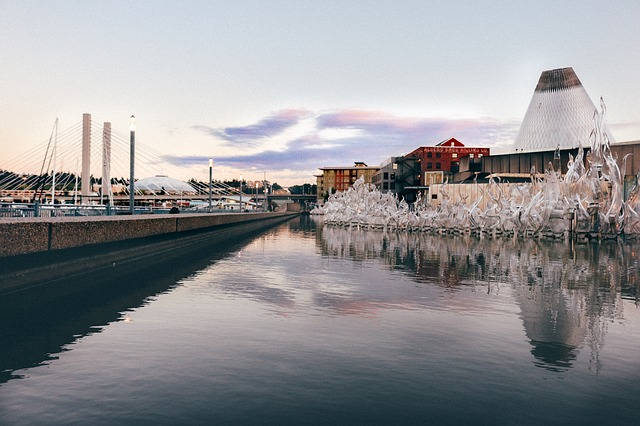
Olympia, Washington (Both Routes)
Washington’s capital city and the south Puget Sound region’s cultural centre, Olympia’s best known attractions are the Washington State Capitol building and the 1909 Governor’s Mansion.
Add in locations like Percival Landing Park, with its boardwalk and art displays, and the Billy Frank Jr. Nisqually National Wildlife Refuge, which is houses a range of animals including more than 200 types of birds, and Olympia is a wonderful city that is easily one of the best places to visit in the region.
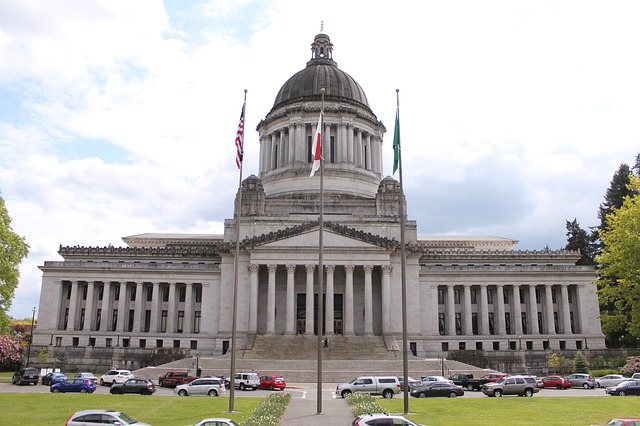
Olympic National Park & Forest (Both Routes)
The most north-western national park in the lower 48 states, Olympic National Park is named after Mount Olympus, which lies at its heart. Its forests, meadows, rivers, mountains, rainforests, and waterfalls combine to form a landscape unlike anywhere else in the U.S.
While hiking and climbing on and around Mount Olympus are Olympic National Park’s most popular activities, a wide range of wildlife that includes birds, deer, elk, goats, and various marine animals make it a great destination for photographers and nature lovers as well.
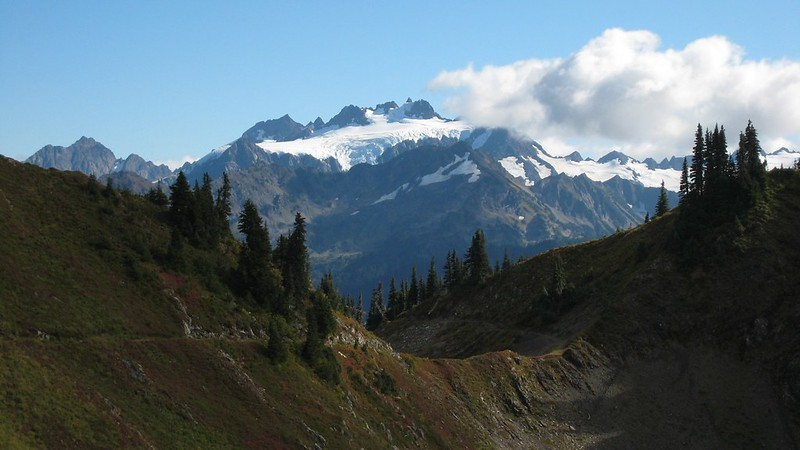
Salem, Oregon (Short Route)
Oregon’s second most populous city by most accounts, Salem was the original capital of Oregon, as well as the capital of the Oregon Territory from 1851 to 1859.
Attractions like the Oregon State Capitol building, historic churches, theatres, and museums paint a vibrant picture of its historic past. Those less interested in history will also be able to make the most of the city’s incredible collection of beautiful parks and natural attractions.
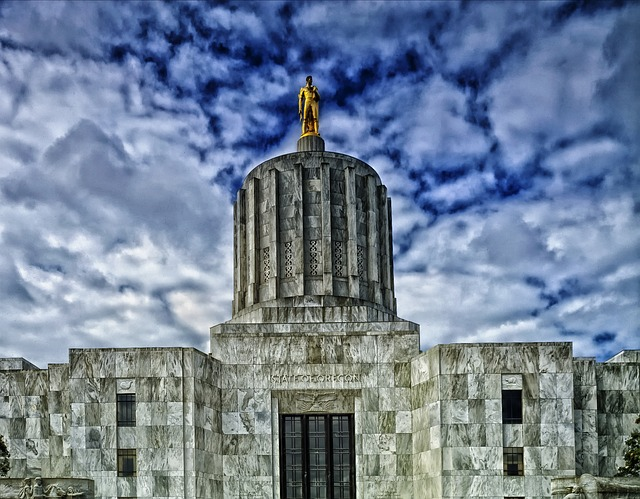
Siuslaw National Forest (Scenic Route)
Siuslaw National Forest is home to a collection of forests, beaches, rivers, lakes, streams, tide pools, sand dunes, and ocean vistas that span 634,000 acres of the Oregon coastline.
Boasting a diverse range of wildlife and the tallest peak in the Oregon Coast Range, the 4097 foot (1249 metre) Mary’s Peak, it is a great place to enjoy activities like hiking, cycling, camping, fishing, picnicking, horse riding, off roading, and more.
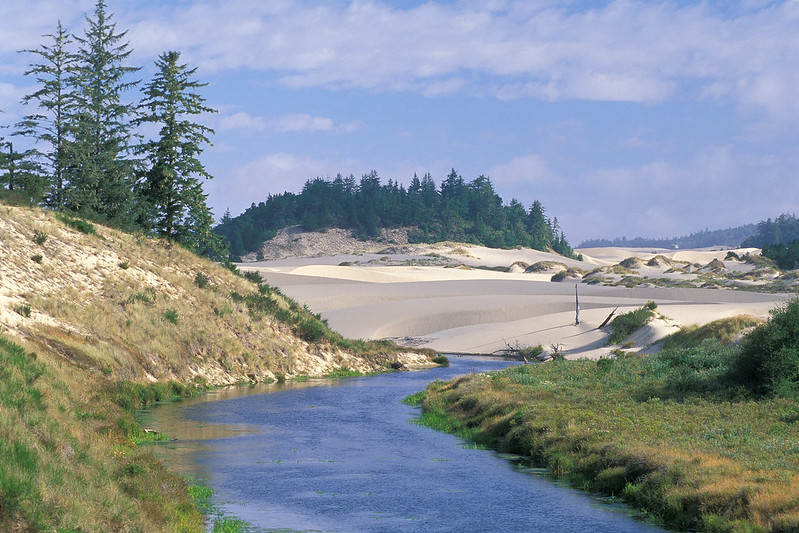
Eugene (Short Route)
While people argue over whether Eugene is Oregon’s second or third most populous city, what isn’t debated it that it’s among the most naturally beautiful cities in the country.
Home of the University Of Oregon and their historic athletic department, it has earned the nickname “Track Town, USA”,
The founding location of Nike, the site of the 2022 Track & Field World Championships, and a popular destination for activities like running, cycling, kayaking, and rafting, it is a great destination for sports fans.
Even those not interested in sports will enjoy attractions like the Fifth Street Public Market, Jordan Schnitzer Museum Of Art, Museum Of Natural And Cultural History, and a huge number of gardens, parks, and trails.

Umpqua National Forest (Short Route)
Umpqua National Forest covers 983,000 acres of forests and of wilderness areas that are home to a collection of more than 250 species of animals, including bats, birds, black bears, cougars, deer, elk, fish, foxes, racoons, and squirrels.
It and neighbouring Crater Lake National Park are also the setting for the video game “Days Gone”. This gives fans of the game a fabulous opportunity to explore the game’s locales in the real world.
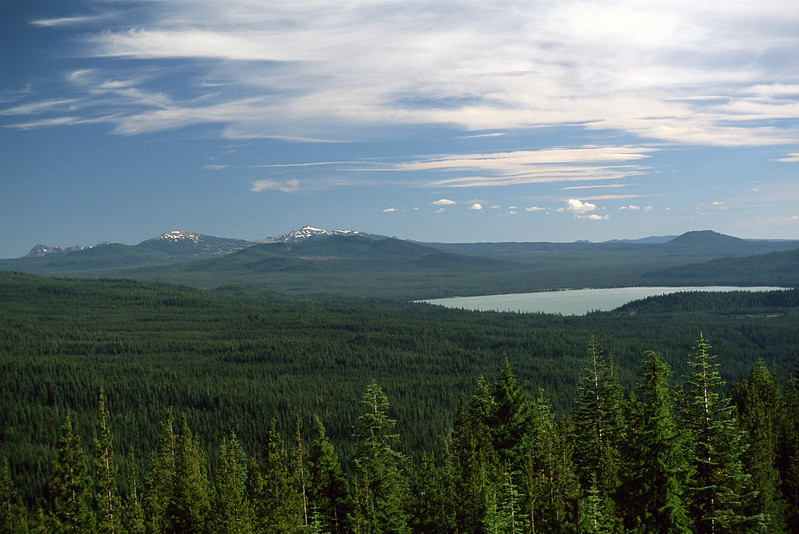
Crater Lake National Park (Short Route)
Crater Lake National Park was established in 1902, making it the 5th oldest national park in the U.S. Located in a caldera on Mount Mazama, Crater Lake itself is the deepest and one of the clearest in the country, and is home to a wide range of birds, fish, and mammals.
An endorheic lake with no inlets or outlets, a number of popular sites are located across its surface. These include Wizard island, the Phantom Ship, and “The Old Man”, a hemlock tree that has floated upright on the lake’s surface for more than a century.
The constantly changing climate of the park means it has a host of different activities on offer, depending on what time of year you visit.
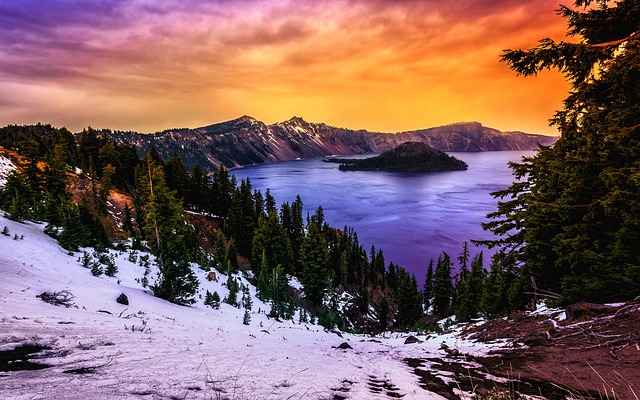
Rogue River-Siskiyou National Forest (Both Routes)
Rogue River-Siskiyou National Forest is a preserved wilderness area spanning almost 1.8 million acres across the Cascade, Klamath, Oregon Coast, and Siskiyou mountain ranges.
Ranked among the most scenic national forests in America, features like old growth forests, rivers, waterfalls, and the world’s tallest ponderosa pine, which is listed at 268 feet (82 metres), make it a wonderful, if often overlooked spot for an exciting natural adventure.

Cascade-Siskiyou National Monument (Short Route)
Cascade-Siskiyou National Monument is a mountainous preserved wilderness area that spans parts of both the Siskiyou and Cascade mountain ranges.
With features including forests, grasslands, trails, meadows, and rock formations, it’s a great destination for photographers and nature lovers.
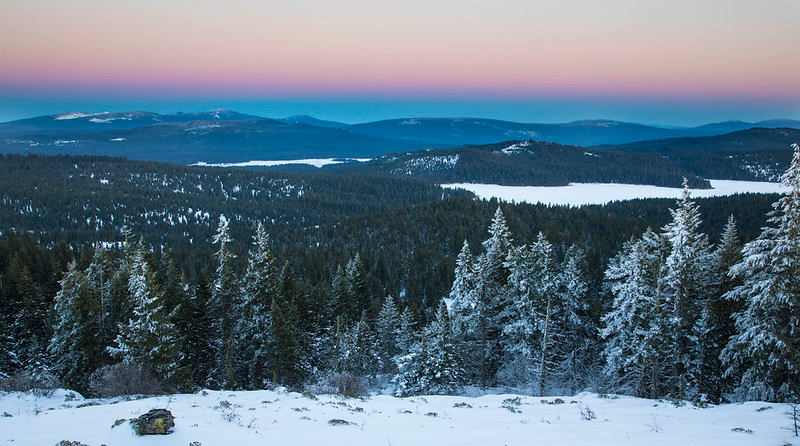
Redwood National Park (Scenic Route)
Redwood National Park covers 40 miles (65 kilometres) of the northern California coast and is known for its iconic old-growth coastal redwood forests.
Features like rivers, streams, canyons, prairies, tidal pools, and ocean vistas make it one of the most naturally beautiful places on Earth.
Having been featured in films like Star Wars and boasting a collection of wildlife that includes bears, deer, elk, California sea lions, and around 300 species of birds, it is a wonderful destination for people of all different interests.
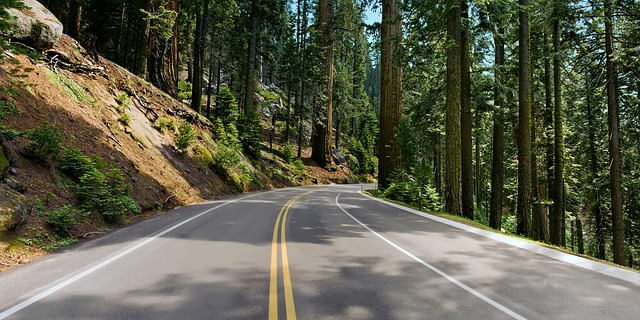
Klamath National Forest (Both Routes)
Klamath National Forest spans 1.7 million acres across the Cascade and Klamath mountain ranges.
It is best known for natural attractions, with a fabulous collection of lakes, peaks, and old growth forests that make it a popular destination with hikers, swimmers, and nature lovers.
However, it also boasts a unique historical attraction, in the form of Sawyers Bar Catholic Church. Erected in 1855, featuring graves from 1850, and listed on the National Register Of Historic Places since 1978, it’s among the oldest and most remote mission churches in the United States.
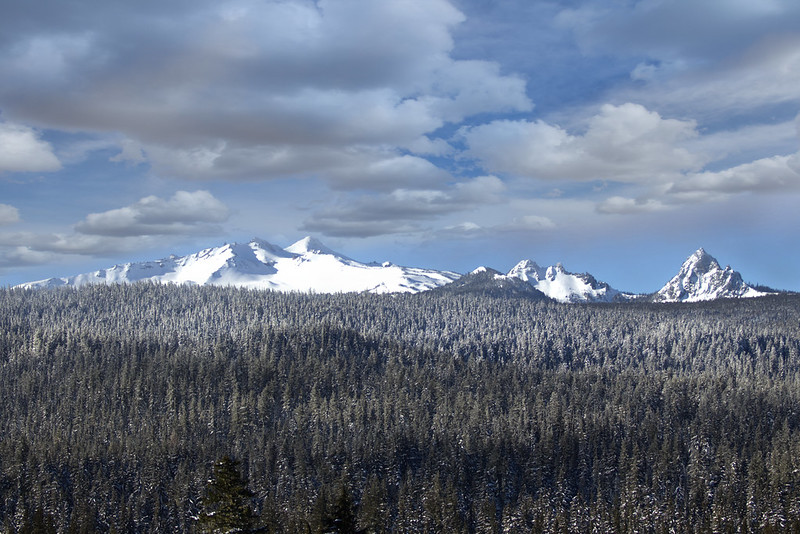
Shasta-Trinity National Forest (Short Route)
Shasta-Trinity National Forest is a pair of national forests that merged in 1954. Spanning over 2.2 million acres, the primary attractions are the forest’s namesakes, the 14,179 foot (4,322 metre) tall Mount Shasta, 30,000 acre Shasta Lake, and 165 mile (266 kilometre) long Trinity River.
With Shasta Lake being the largest man-made lake in the state and the forests containing numerous other peaks, lakes, and rivers, as well as byways, trails, forests, and wilderness areas, it is a popular stop for hiking, camping, backpacking, and climbing.
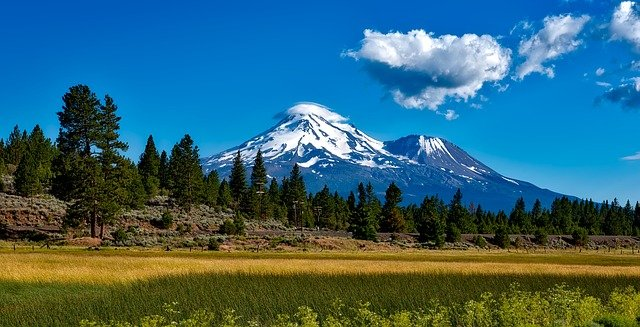
Redding (Short Route)
Founded in 1874, Redding was the northernmost European settlement in the state at the time. One of the major boom towns of the California Gold Rush, the diversity and density of the town’s population rose and fell in line with the economy of the mines.
The largest town in California north of Sacramento to this day, and the economic centre of the Shasta Cascade region, Redding is a destination filled with cultural, historic, and natural attractions for visitors to enjoy.
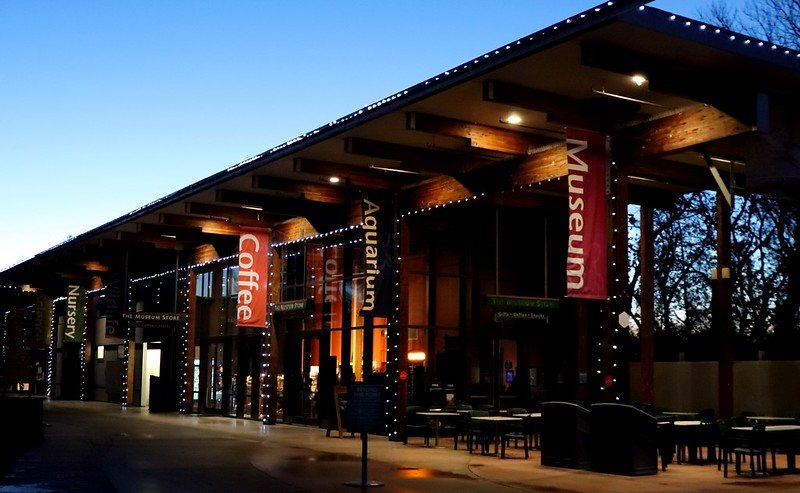
Lassen Volcanic National Park & Lassen National Forest (Short Route)
Founded in 1916, Lassen Volcanic National Park spans 1,700 square miles (4,300 square kilometres) and is the 11th oldest national park in the United States. Named after Peter Lassen, a pioneer who settled in the area, the park was created to protect the volcanic landscape.
Home to the largest lava dome volcano on Earth, at least one of each type of volcano, hydrothermal features like fumaroles, boiling pools, and bubbling mud pots, and a range of wildlife that includes various mammals and well over 200 species of birds, it is a great stop for all types of nature lovers.
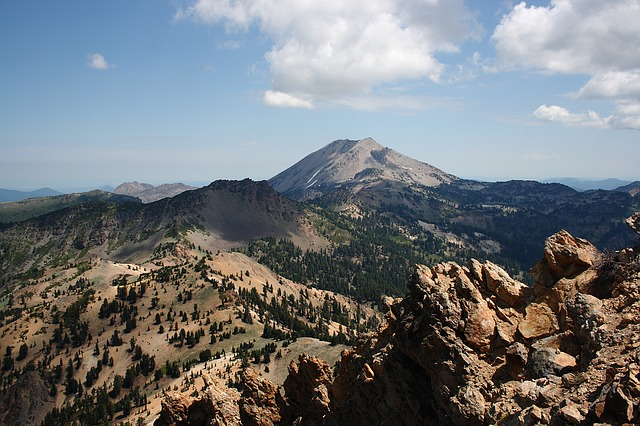
Mendocino National Forest (Both Routes)
Mendocino National Forest is a 913,000 acre national forest that is the only one in the state not to have a paved entry or exit road, making it an incredibly isolated and natural destination.
Boasting beautiful wilderness areas, rivers, and lakes, it is a popular destination for hiking, camping, fishing, hunting, biking, boating, backpacking, photography, and much more.
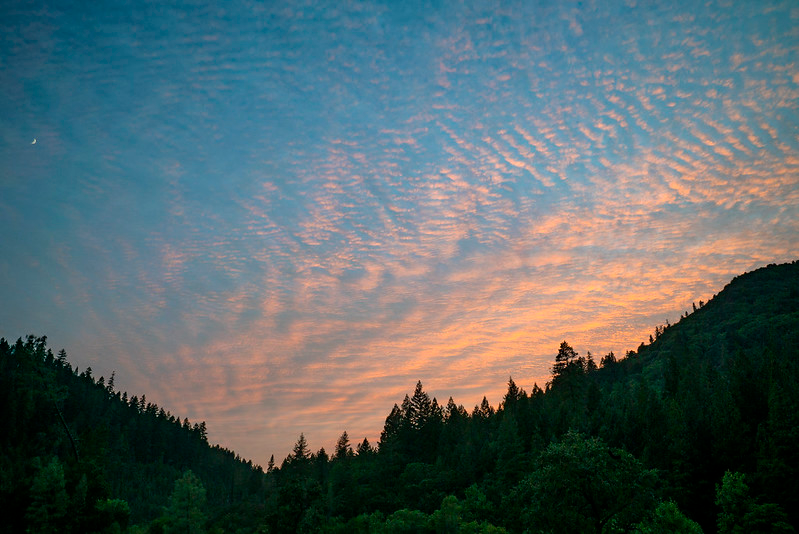
Sacramento (Short Route)
Sacramento is California’s 6th most populous city, the state capital, and its main hub of government and finance.
One of the fastest growing cities in the U.S., it boasts incredible Chinatown and LGBT areas, as well as the State Capitol building and a wide array of amenities.
Sacramento is best known for the Old Sacramento riverside district. With its 19th century buildings, cobblestone streets, and attractions like museums, galleries, steam train tours, and horse drawn carriage rides, it is an entertaining and educational location.
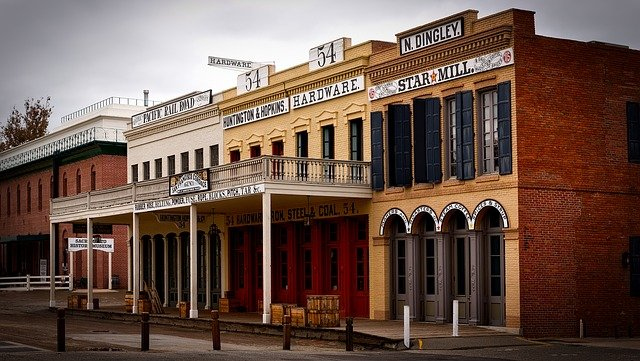
Conclusion
A road trip from Vancouver to San Francisco is an incredible journey that offers so much to see and do, its immense length almost seems negligible in comparison. From iconic towns and cities to beautiful natural attractions, this is a journey that simply has it all.
You should now have all the information you need to plan your perfect travel itinerary for the trip, from when to go and how long it should take to what to see and where to stay.
That means all that’s left is to work out where to stay and what to do when you reach your destination. That Way, you can start getting things booked, so you can look forward to experiencing it all for yourself, as soon as possible.
